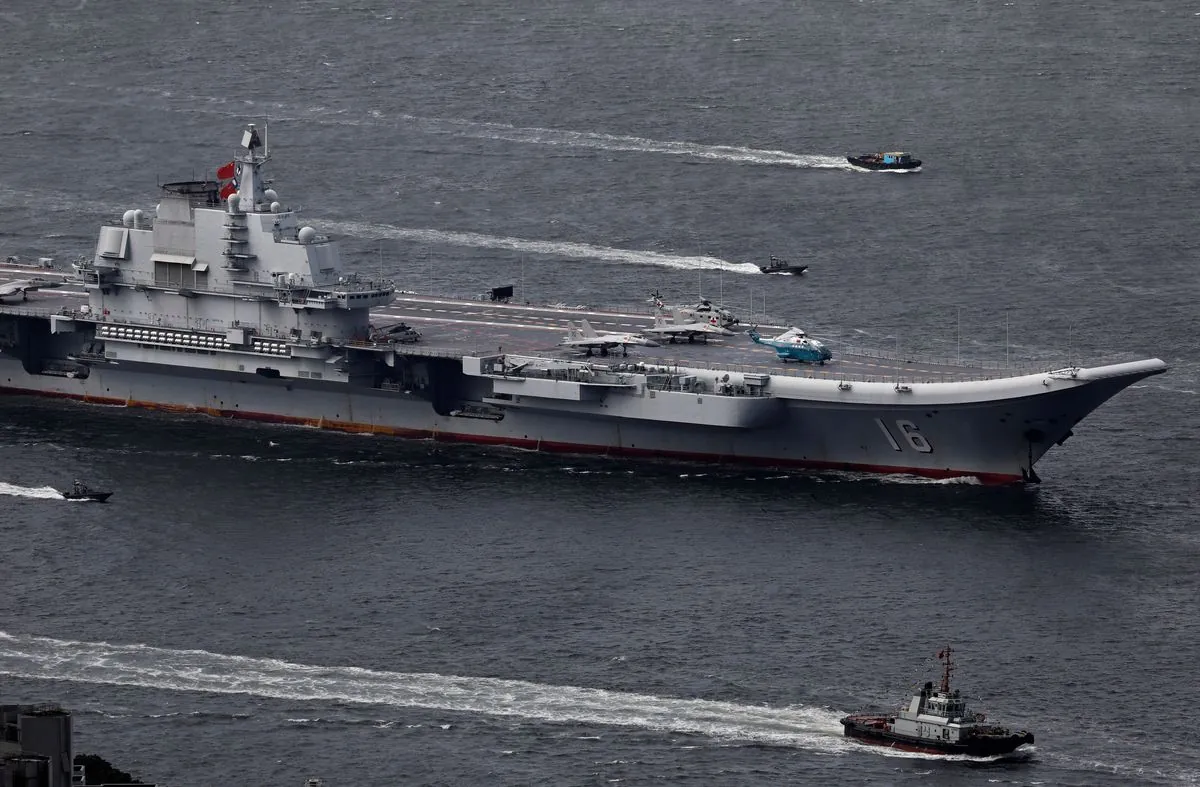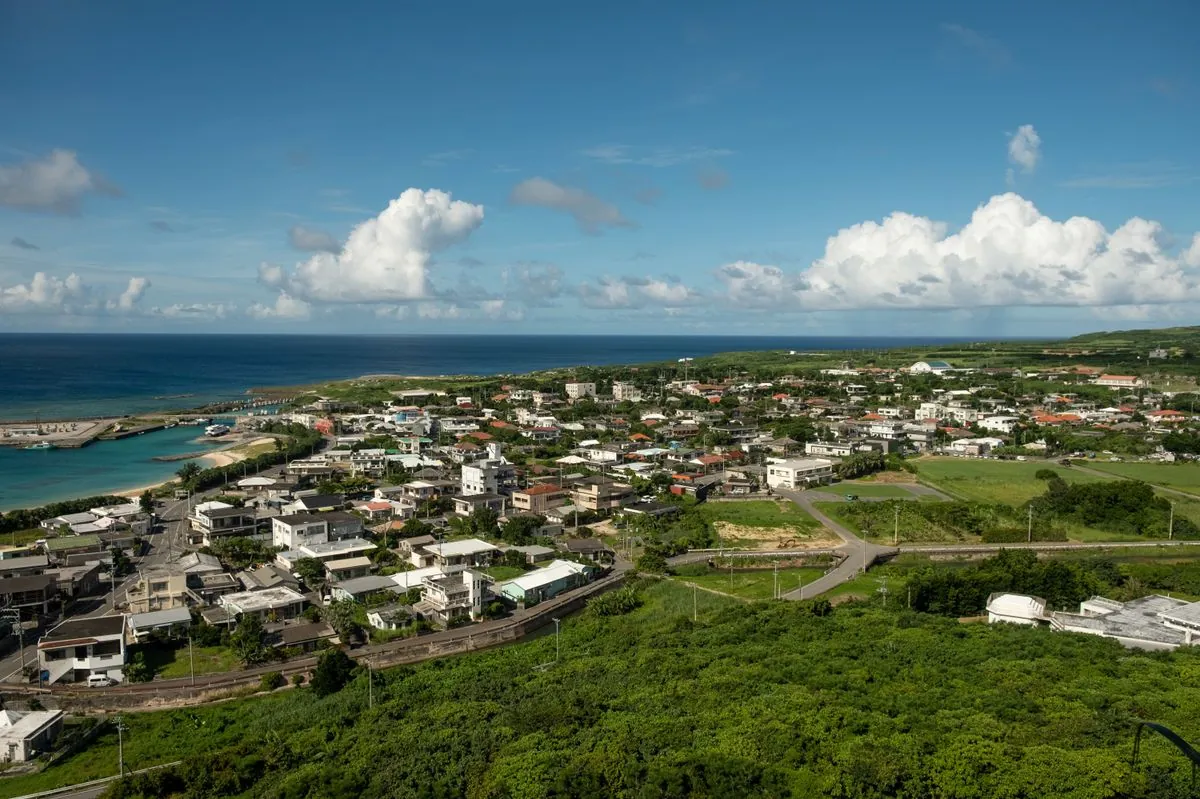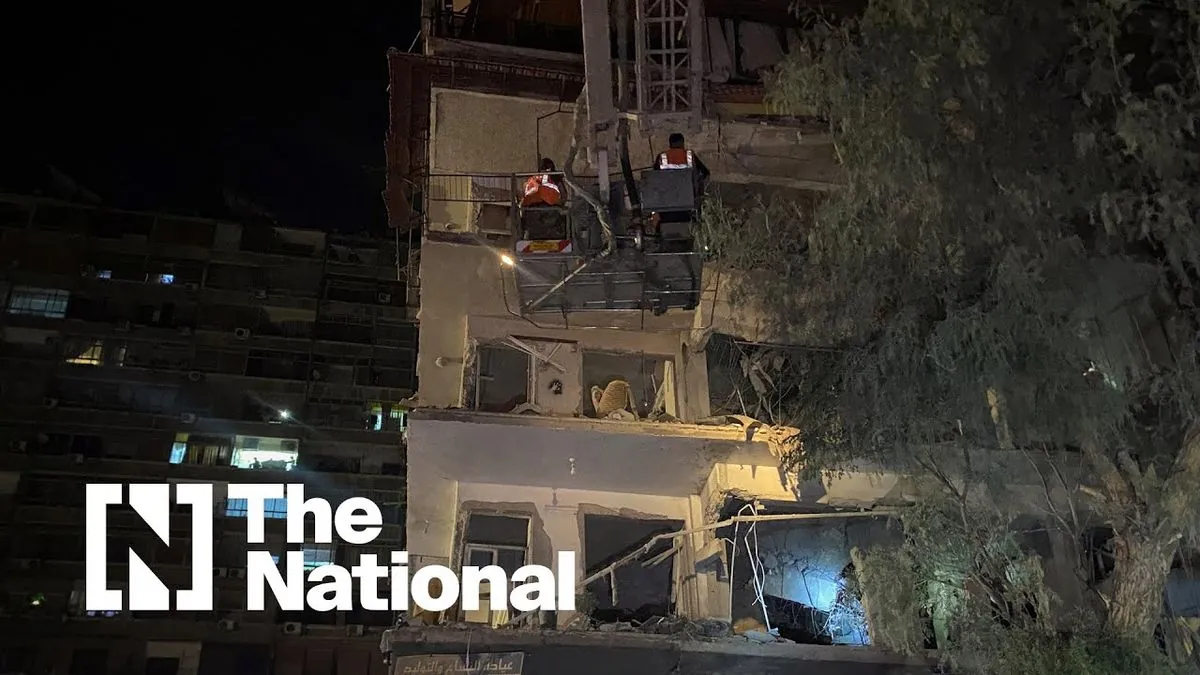Chinese Aircraft Carrier Enters Japan's Waters, Sparking Diplomatic Tension
China's Liaoning aircraft carrier entered Japan's contiguous waters, prompting serious concerns from Tokyo. This unprecedented move, along with recent Chinese military activities, has heightened tensions in the region.

In a significant development, China's aircraft carrier Liaoning entered Japan's contiguous waters for the first time, escalating tensions between the two nations. This unprecedented move occurred approximately 17 months ago, marking a new chapter in the complex relationship between China and Japan in the East China Sea.
The Liaoning, accompanied by two destroyers, navigated between Japan's westernmost inhabited island, Yonaguni, and nearby Iriomote. This maneuver brought the Chinese vessels into Japan's contiguous zone, an area extending up to 24 nautical miles from the baseline of a coastal state, as defined by the United Nations Convention on the Law of the Sea (UNCLOS).
Japan's Deputy Chief Cabinet Secretary, Hiroshi Moriya, expressed the government's stance, stating that the incident was "absolutely unacceptable" from a national and regional security perspective. The Japanese government promptly conveyed its "serious concerns" to China through diplomatic channels.

This incident was part of a broader fleet movement by Chinese warships, which also passed near the disputed Senkaku Islands (known as Diaoyu in Chinese). These uninhabited islands in the East China Sea have long been a point of contention between Japan and China, with both nations claiming sovereignty.
The entry of the Liaoning into Japan's contiguous waters is not an isolated incident. In recent months, Japan has reported several instances of Chinese military activity near its territory. These include a Chinese Y-9 reconnaissance aircraft violating Japanese airspace and a Chinese survey ship breaching Japanese territorial waters off Kagoshima Prefecture.
In response to these developments, Japan has been reinforcing its defenses in the southwestern region, particularly on remote islands crucial to its defense strategy. This includes the expansion of the Self-Defense Forces' presence and the operation of an early warning radar station on Yonaguni Island.
The Liaoning, originally built as a Kuznetsov-class aircraft carrier for the Soviet Navy, underwent extensive refurbishment before being commissioned in 2012 as China's first aircraft carrier. Since then, China has rapidly expanded its naval capabilities, becoming the world's largest naval force by number of ships. This naval modernization has been a source of concern for many countries in the Asia-Pacific region.
Japan, supported by its main ally, the United States, has been increasing its defense budget in recent years, partly in response to perceived threats from China. The ongoing tensions in the East China Sea, a marginal sea of the Pacific Ocean bounded by China, Japan, and South Korea, continue to shape the geopolitical landscape of the region.
As both nations navigate these complex waters, the international community watches closely, recognizing the potential implications for regional stability and security in the Asia-Pacific.


































